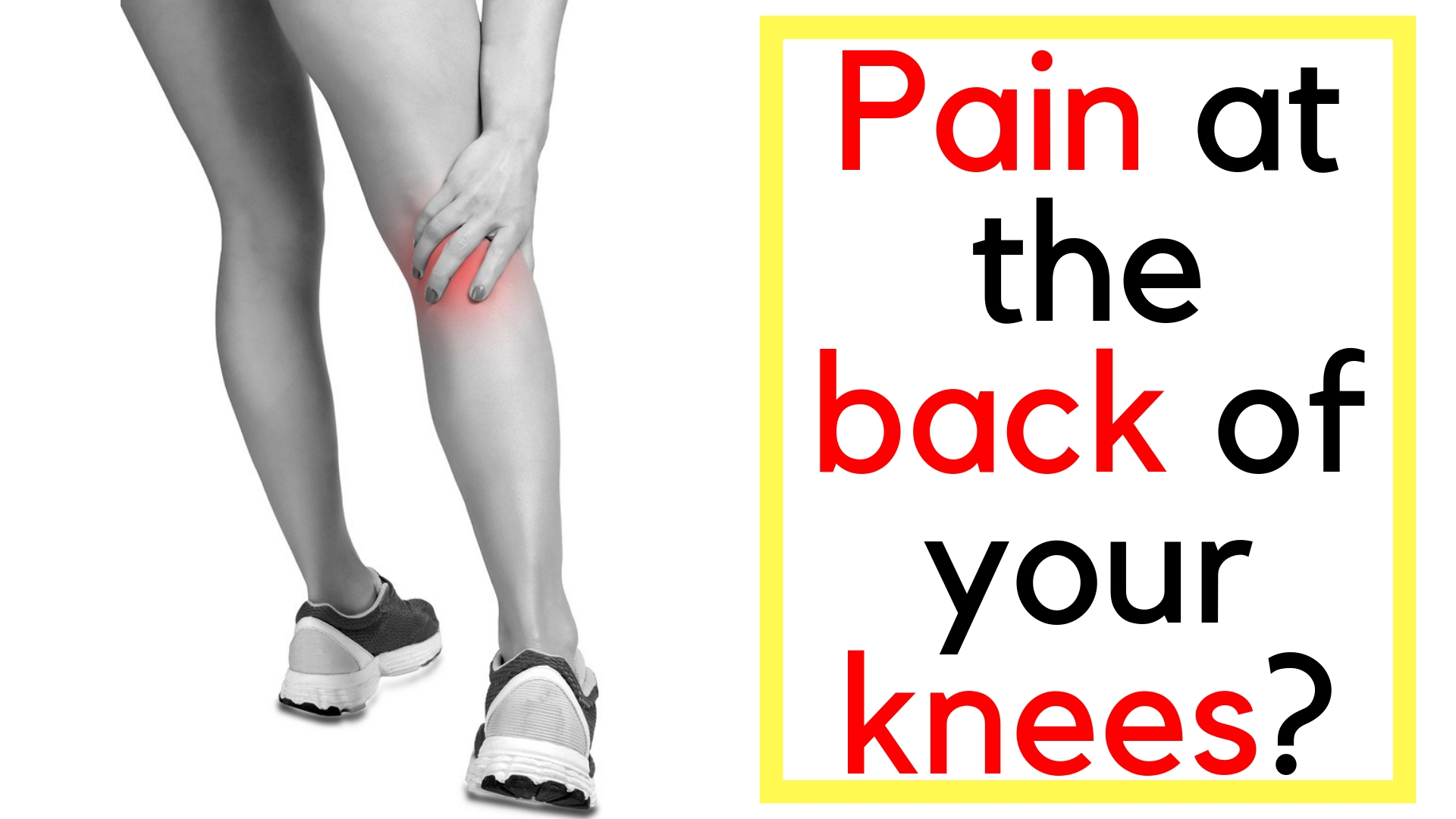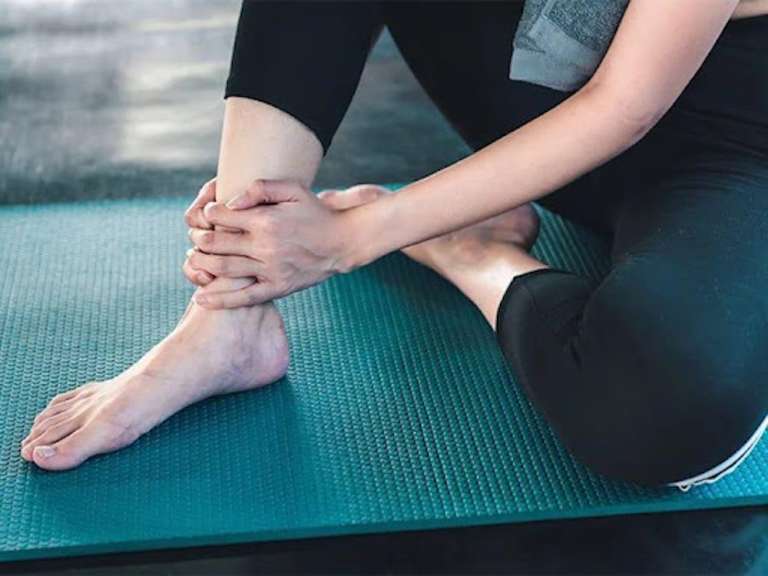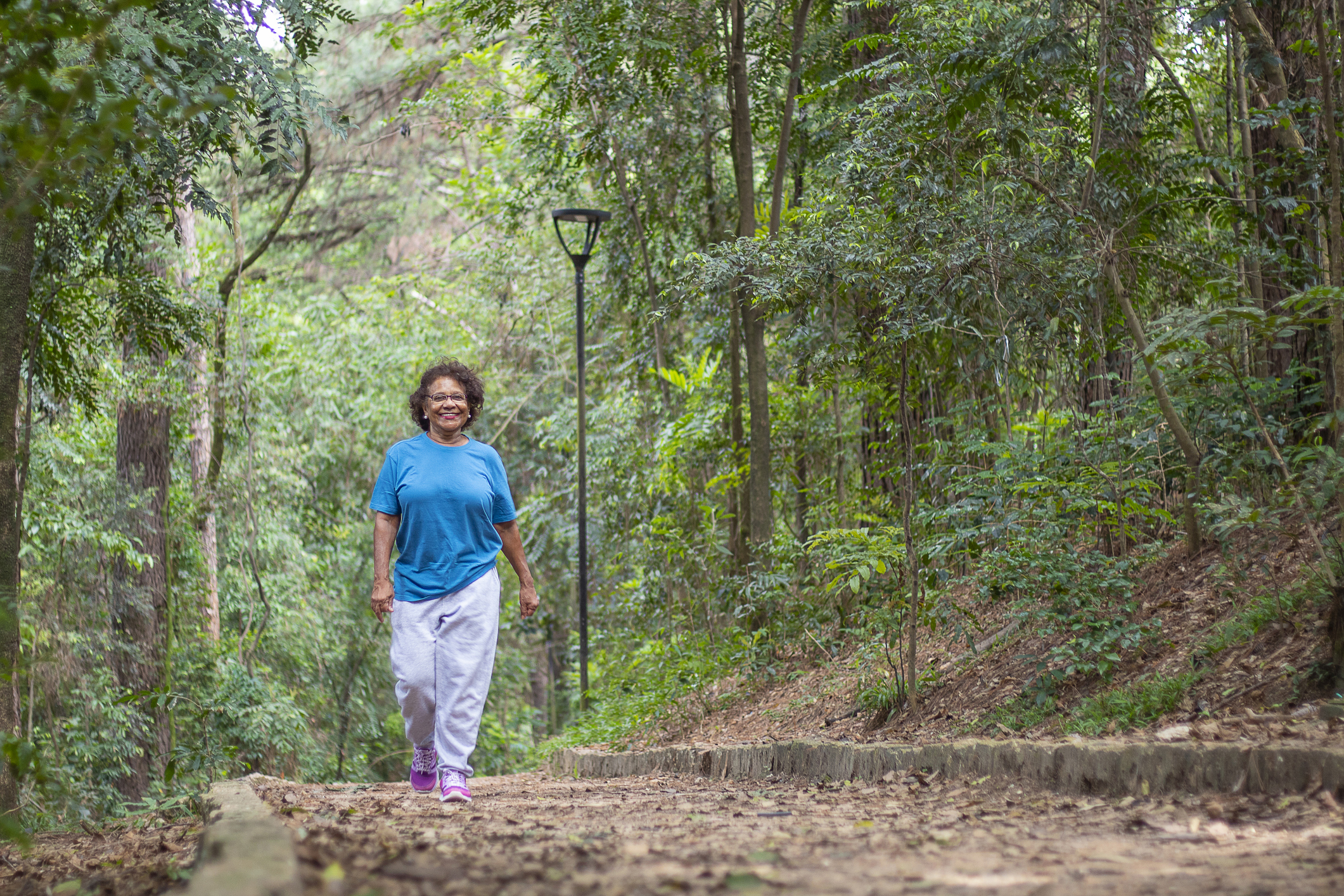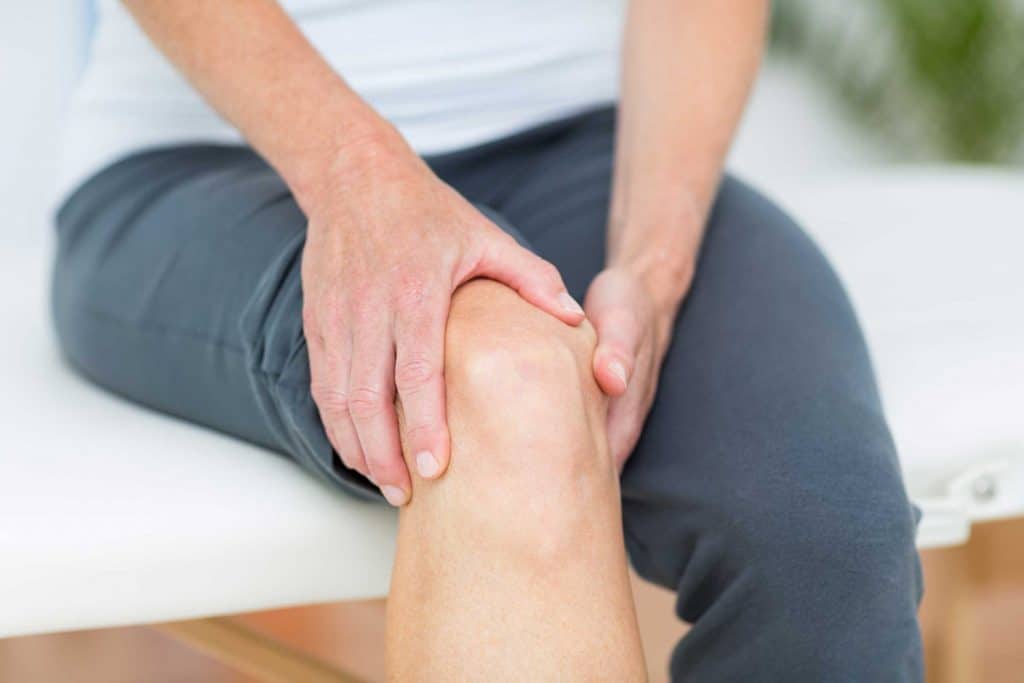Simple Tips About How To Treat Leg Pain

Leg pain can be due to a muscle cramp (also called a charley horse ).
How to treat leg pain. If you feel minor leg pain while playing a sport, working out at the gym or being active in general, then take a break and rest it for at least a few. You live a sedentary lifestyle. Treatment treatment goals are to manage the condition causing your neuropathy and to improve symptoms.
While there is no cure for diabetic neuropathy, treatment to manage pain and other symptoms may involve lifestyle changes, measures to maintain healthy blood. Sitting at a desk all day is sometimes. Diseases that affect nerves, particularly in the lower back can deliver pain to the upper leg.
Fortunately, minor injuries can be easily treated at home and usually heal. Dehydration or low amounts of potassium, sodium,. This should improve as your thigh problem gets better.
If you have peripheral artery disease. In moments like that, unfortunately, there aren’t any magical injections that can instantly relieve your pain. Physical therapy once the pain improves, a healthcare professional can design a program to help prevent.
Take steps to reduce leg pain. The best thing that you can do when you start having leg pain is to rest. If you experience these for longer than 6 weeks, you.
Heat many personal trainers, coaches, and physical therapists also recommend using magnesium on the outside of your body in the form of epsom salts. What to expect from a supervised walking program. Learn about the possible causes of lower leg pain, such as muscle cramps, shin splints, tendinitis, blood clots, broken bones, veins and clots, and nerve problems.
Stay off your leg as much as possible. Common causes of cramps include: Sciatica sciatica happens when irritation, inflammation, pinching or compression affect one or more nerves that run down your lower back and into your.
To keep your muscles long and limber, try a dynamic warm up before your next sweat sesh. Exercising with peripheral artery disease: To help with mild pain and swelling:
Walking or doing other exercise on a regular, scheduled basis (supervised exercise training) can improve symptoms dramatically. Spinal stenosis and degenerative disc disease are. However, there are eight steps to take to possibly get rid of a.


















